Patricia Bugiel, 73, of Chicago, had surgery three years ago to remove a melanoma, the most serious type of skin cancer, right underneath her left eye. For a sore no larger than a centimeter, she received 10 stitches after visits to several different doctors.
According to the Skin Cancer Foundation, skin cancer is the most prominent form of cancer in the U.S. Approximately 60% of people who’ve had skin cancer once will get it again within 10 years. Designating May as Skin Cancer Awareness Month is aimed at helping people avoid becoming one of those statistics.
Often, skin cancer is traced back to lax attitudes about sun exposure at a young age.
“We’d sit in the sun, sit in the sun, sit in the sun. The darker we got the happier we were,” Bugiel said of her childhood. Skin cancer is more likely in places with consistent intense sunlight, but residents in places like Chicago can be deceived by cooler temperatures and not realize how much exposure they are getting.
After a long winter, people in the big city are anxious to get out in the sun. “You have to live your life, but be protected. Wear sunscreen,” warned Tom Nee, 72, of Chicago, whose aunt died of skin cancer.
Nee’s wife had skin cancer but survived it, and he had skin removed a handful of times on his upper back due to melanoma. Because melanoma has tendency to return, he returns to the doctor every few months to be sure he’s still in the clear. Nee warns men without much hair to wear a hat in the sun because it’s common to develop skin cancer on top of the head.
Bernadette Matthews, 61, of Chicago, developed basal cell skin cancer 10 years ago. “It really makes you depressed seeing another scar on your body from something you thought was so cool,” Matthews said, recalling the hours she spent getting a sunburn for a nice tan.
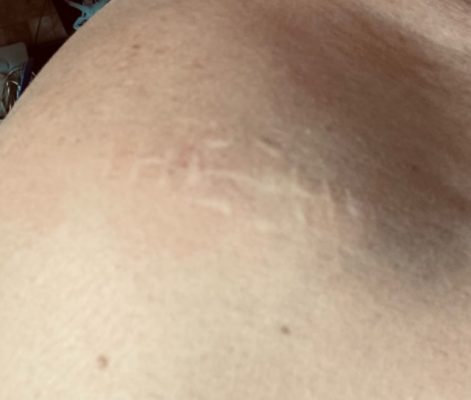
The best way to prevent skin cancer is to avoid prolonged exposure to the sun, especially during the middle of the day, and to wear protection while outside, according to the Skin Cancer Foundation. That means sun-protective clothing and sunscreens with a minimum SPF or sun protection factor of 30.
Matthews wishes that high schools would show videos of skin cancer scars and operations so teens would understand the risks and the consequences. “If you’ve never experienced it, it’s like, ‘Whatever. That won’t happen to me,’” she said. “It’s just horrible that this is the price you pay for wanting to look good when you’re younger.”


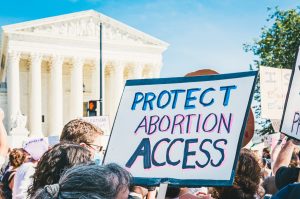
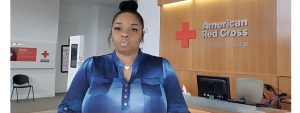
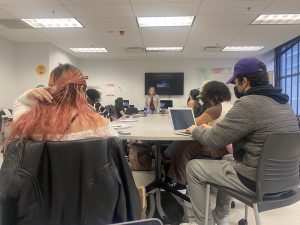
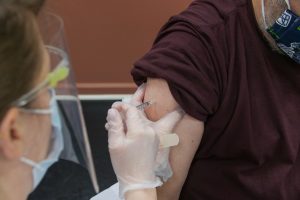
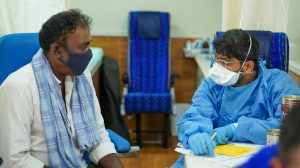


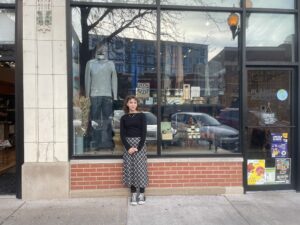


Be First to Comment